MARK YOUR CALENDARS!
Ginza Holiday 2024 will be on JULY 26, 27 & 28!
The following information is from last year's Ginza Holiday - when we have details for Ginza 2024 we will promptly update these pages so check back often!
Modern artisans mastering ancient crafts
 The Midwest Buddhist Temple is honored by its long relationship with The Waza from Japan. The Waza is a federation of Japanese artisans dedicated to the continuation of traditional crafts handed down generation by generation dating back to Japan's Edo period 300 years ago. Using ancient techniques today's Waza master craftsmen create unique, handmade items that embody simple beauty through meticulous craftsmanship. Each item is carefully made through processes developed and refined over a span of centuries. And yet, every item has a timeless quality that is comforting in today's world. Ginza visitors will have the unique opportunity to purchase affordable works that are made with the same care and precision as those that are typically available only through private shops or the most exclusive department stores in Japan.
The Midwest Buddhist Temple is honored by its long relationship with The Waza from Japan. The Waza is a federation of Japanese artisans dedicated to the continuation of traditional crafts handed down generation by generation dating back to Japan's Edo period 300 years ago. Using ancient techniques today's Waza master craftsmen create unique, handmade items that embody simple beauty through meticulous craftsmanship. Each item is carefully made through processes developed and refined over a span of centuries. And yet, every item has a timeless quality that is comforting in today's world. Ginza visitors will have the unique opportunity to purchase affordable works that are made with the same care and precision as those that are typically available only through private shops or the most exclusive department stores in Japan.
Eiji Kinoshita
EARTHENWARE
(click image to view gallery)
 Eiji Kinoshita creates unique earthenware whose every creation is a new discovery of its own. Moving from the potter’s wheel, he became attracted to the natural beauty of stones and tiles. It is their forms that he transforms into ceramic earthenware.
Eiji Kinoshita creates unique earthenware whose every creation is a new discovery of its own. Moving from the potter’s wheel, he became attracted to the natural beauty of stones and tiles. It is their forms that he transforms into ceramic earthenware.
Masahiro Kawakami
TENUGUI (towel art)
(click image to view gallery)
 Masahiro Kawakami is a third-generation maker of tenugui, loosely translated as towel art. However, unlike the typical western use, it could serve as a belt or a head cover. While intended to be used as hankies, towels or wrapping, many are hung as wall art—fastened to simple scrolls or framed under glass. To learn more: https://tenugui-fujiya.jp/e/
Masahiro Kawakami is a third-generation maker of tenugui, loosely translated as towel art. However, unlike the typical western use, it could serve as a belt or a head cover. While intended to be used as hankies, towels or wrapping, many are hung as wall art—fastened to simple scrolls or framed under glass. To learn more: https://tenugui-fujiya.jp/e/
Yuzo Mouri
BAMBOO CREATIONS
(click image to view gallery)
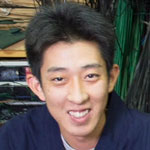 Yuzo Mouri's creations come from a versatile plant of the grass family common to East Asia. With strength rivaling the best hardwoods but with great flexibility, bamboo was a natural choice for woven containment vessels. Today, Mr. Mouri's handiwork includes purses to baskets to serving trays, which all display elegance and practicality.
Yuzo Mouri's creations come from a versatile plant of the grass family common to East Asia. With strength rivaling the best hardwoods but with great flexibility, bamboo was a natural choice for woven containment vessels. Today, Mr. Mouri's handiwork includes purses to baskets to serving trays, which all display elegance and practicality.
Mr. Mouri, who comes from the southern island of Kyushu, is making his second appearance at the Ginza Holiday Festival, following his father's footsteps in 2012. To learn more: https://chikukousai.com/retail-shop/
Shunsuke Igarashi
KASUKABE HARIKO (papier-mâché figurines)
(click image to view gallery)
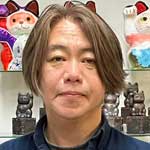 Shunsuke Igarashi creates papier-mâché figurines called Kasukabe hariko. The process starts with a clay mold, using the same skills as a woodcarver. Papier-mache is used to line the mold and when dry, the paper is carefully cut from the mold. The figure is coated with a mix of natural adhesive and ground shell called gofun. Several layers are applied before being intricately hand painted. Edo-period toys featured primary colors but today many colors are used in a wide variety of designs. To learn more: https://www.maneki-neko.com/
Shunsuke Igarashi creates papier-mâché figurines called Kasukabe hariko. The process starts with a clay mold, using the same skills as a woodcarver. Papier-mache is used to line the mold and when dry, the paper is carefully cut from the mold. The figure is coated with a mix of natural adhesive and ground shell called gofun. Several layers are applied before being intricately hand painted. Edo-period toys featured primary colors but today many colors are used in a wide variety of designs. To learn more: https://www.maneki-neko.com/
Stop by our BOOKSTORE/SHOPMBT Booth for a variety of offerings including Shin Buddhism literature, artifacts, and even some hard to find Japanese snacks.
This year we are also featuring our Ginza Holiday T-Shirts (adult sizes: XS, S, M, L, XL, XXL - child sizes: S, M, L).
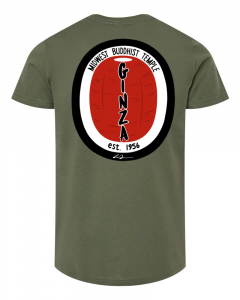
Faded Green (back)
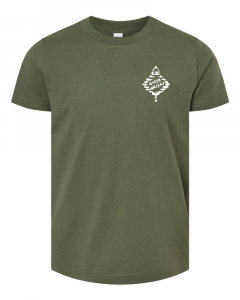
Faded Green (front)

Antique White (back)
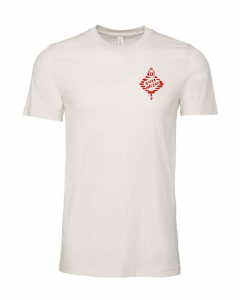
Antique White (front)
You can only get these during Ginza Holiday at our BOOKSTORE/SHOPMBT BOOTH!
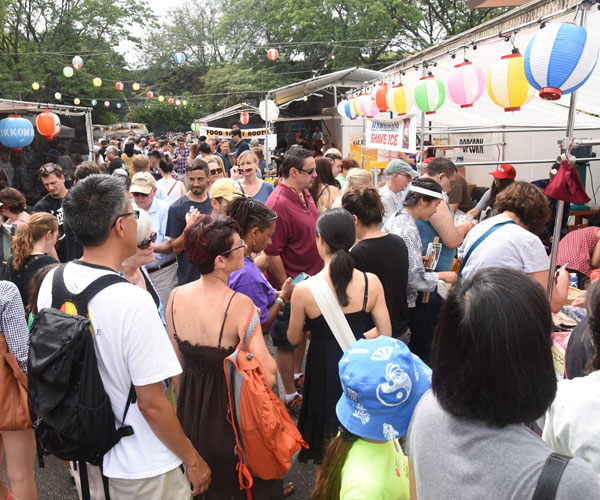
For those who seek treasures to take home we have many local artisans who display and sell their works in our outdoor shopping concourse - rows of booths festively decorated with cho-chin lanterns. Shoppers can typically find hand-made jewelry, beautiful examples of Origami (the art of folded paper), ceramics for both function and display, Japanese clothing, T-shirts and much more. See our full list of participating merchants below.





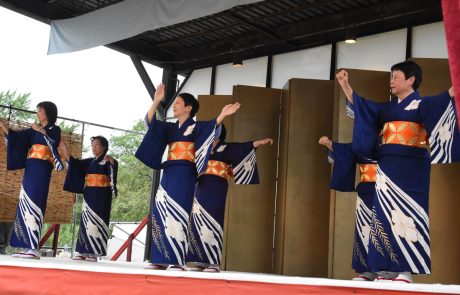

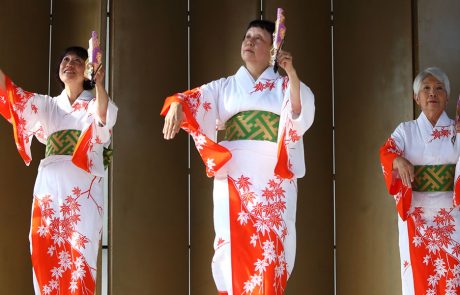



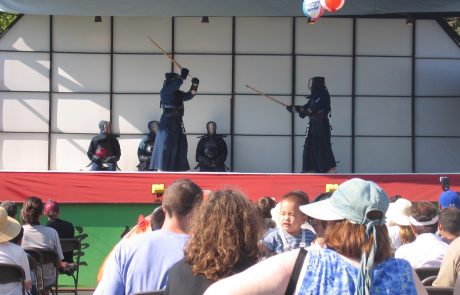
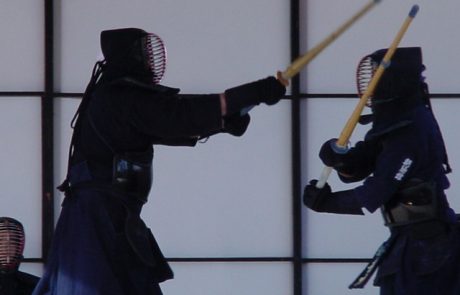

 HO ETSU TAIKO is a premier Taiko ensemble in the Chicago area with a fresh take on the art of Japanese drumming. Ho Etsu pushes the envelope through collaborations with other taiko groups, musicians, and culturally-focused performance artists while staying grounded in the rich tradition of kumi-daiko. Through their music, Ho Etsu blends the culture of Japanese-American taiko with influences that celebrate the diversity of the ensemble.
HO ETSU TAIKO is a premier Taiko ensemble in the Chicago area with a fresh take on the art of Japanese drumming. Ho Etsu pushes the envelope through collaborations with other taiko groups, musicians, and culturally-focused performance artists while staying grounded in the rich tradition of kumi-daiko. Through their music, Ho Etsu blends the culture of Japanese-American taiko with influences that celebrate the diversity of the ensemble.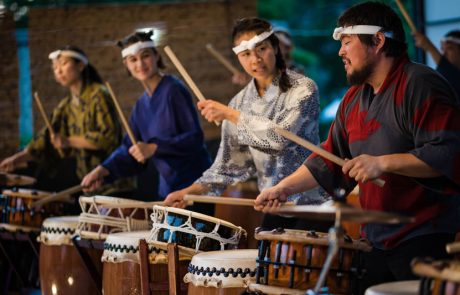
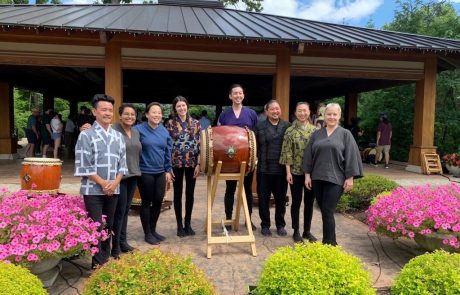

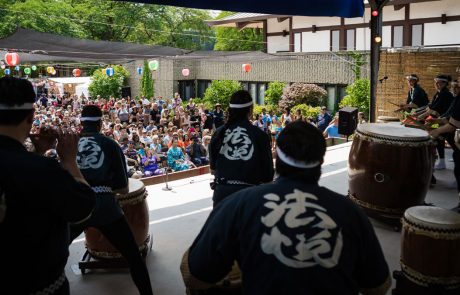

 CHICAGO AIKIKAI is an aikido dojo currently based in the West Town neighborhood of Chicago. It was started in 1961 as Illinois Aikido Club in a Lakeview Clark Street basement by a group of Nisei, and since the late 1970s has been under the umbrella of Aikido Schools of Ueshiba (ASU) founded by Mitsugi Saotome, Shihan (Master Instructor). Its now diverse membership is led by Chief Instructor and Dojo-cho Marsha Turner.
CHICAGO AIKIKAI is an aikido dojo currently based in the West Town neighborhood of Chicago. It was started in 1961 as Illinois Aikido Club in a Lakeview Clark Street basement by a group of Nisei, and since the late 1970s has been under the umbrella of Aikido Schools of Ueshiba (ASU) founded by Mitsugi Saotome, Shihan (Master Instructor). Its now diverse membership is led by Chief Instructor and Dojo-cho Marsha Turner.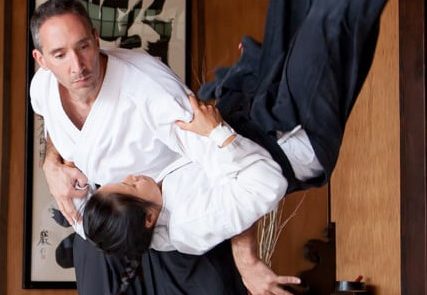
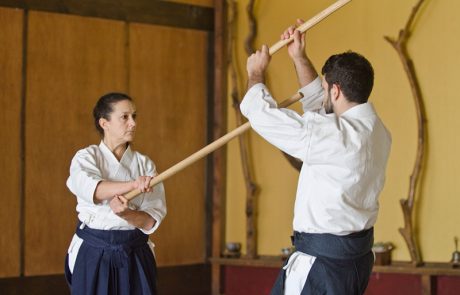
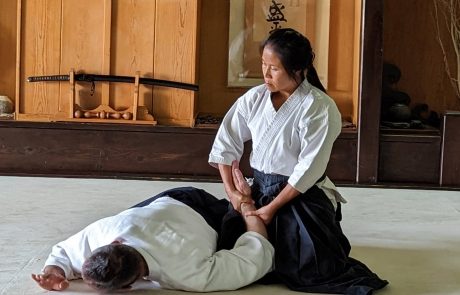


 The MIDWEST BUDDHIST TEMPLE TAIKO GROUP was started by the Kinnara Taiko Group of Los Angeles in 1977 to bring Japanese American Buddhist Taiko to Chicago. A self-taught group, the MBT Taiko Group embraces the Buddhist concepts of harmony and oneness.
The MIDWEST BUDDHIST TEMPLE TAIKO GROUP was started by the Kinnara Taiko Group of Los Angeles in 1977 to bring Japanese American Buddhist Taiko to Chicago. A self-taught group, the MBT Taiko Group embraces the Buddhist concepts of harmony and oneness.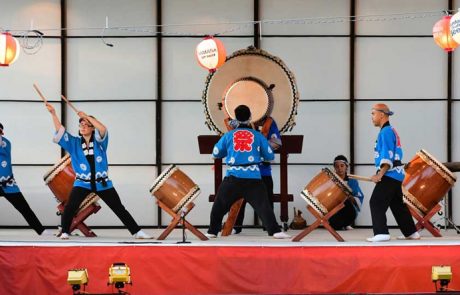

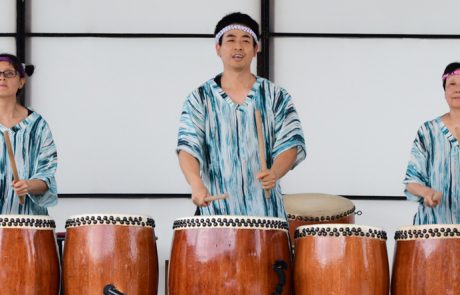

 The NA KAPUNA UKULELE CLUB OF CHICAGO was formed in April, 1997 by a group of Island and Mainland senior citizens for the purpose of fellowship and the love of music. Na Kupuna in the Hawaiian language means “grandparents” or “elders”. Together, the group of island and mainland born seniors sing, strum the ukulele and dance the hula to over 300 Hawaiian classic songs.
The NA KAPUNA UKULELE CLUB OF CHICAGO was formed in April, 1997 by a group of Island and Mainland senior citizens for the purpose of fellowship and the love of music. Na Kupuna in the Hawaiian language means “grandparents” or “elders”. Together, the group of island and mainland born seniors sing, strum the ukulele and dance the hula to over 300 Hawaiian classic songs.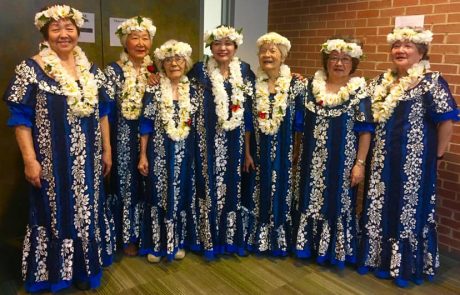
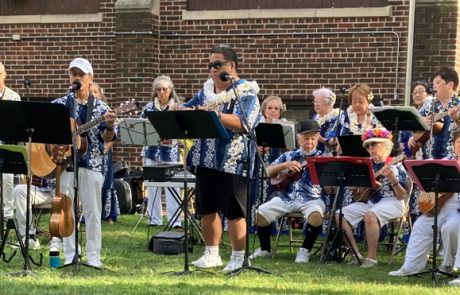
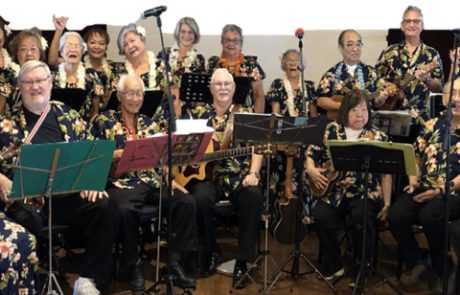
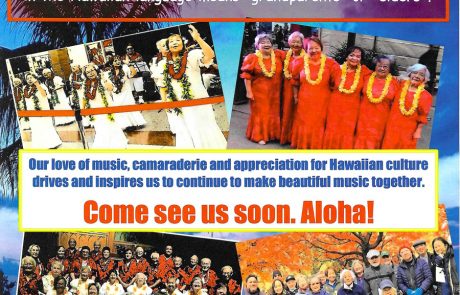

 The CHICAGO KOTO GROUP was founded in 1984 by Akiko Sugano in order to serve the greater Chicago community by introducing it to Japanese culture and music (Koto and Sakuhachi). They hold several public performances a year responding to requests from various organizations such as the Chicago Botanic Gardens and the Consulate General of Japan. They also serve to educate students at elementary schools and colleges about Japanese culture through music (particularly the music of the Koto).
The CHICAGO KOTO GROUP was founded in 1984 by Akiko Sugano in order to serve the greater Chicago community by introducing it to Japanese culture and music (Koto and Sakuhachi). They hold several public performances a year responding to requests from various organizations such as the Chicago Botanic Gardens and the Consulate General of Japan. They also serve to educate students at elementary schools and colleges about Japanese culture through music (particularly the music of the Koto).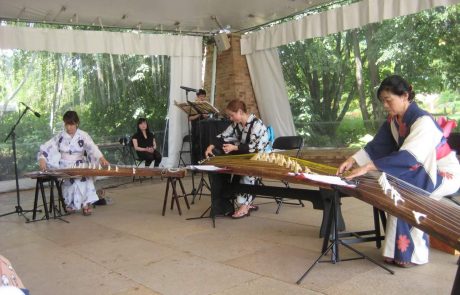
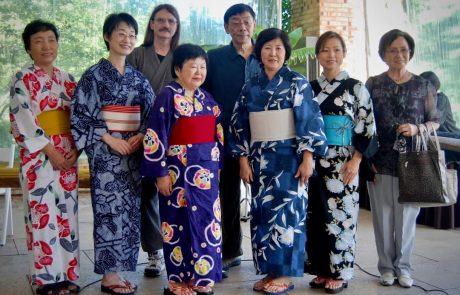

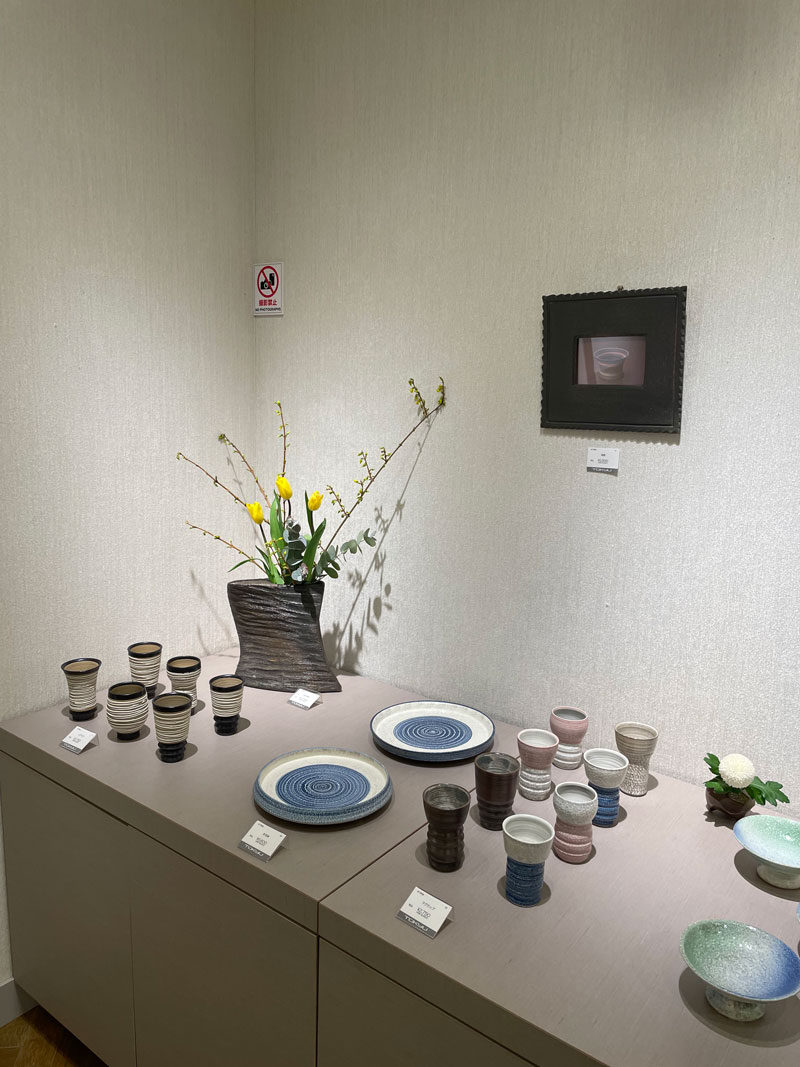
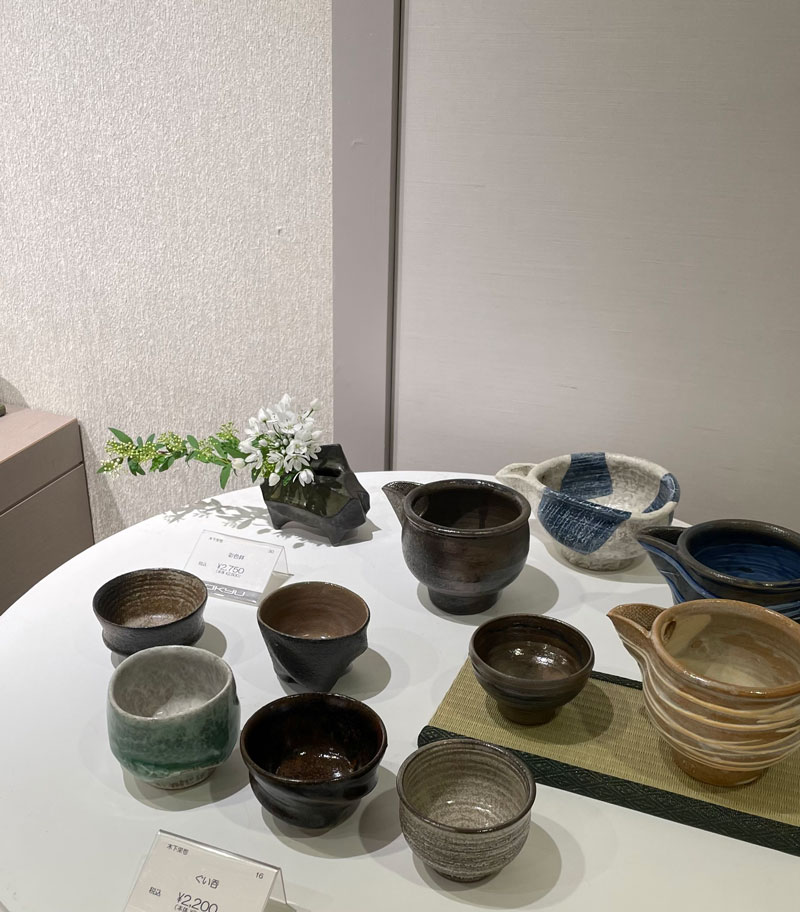
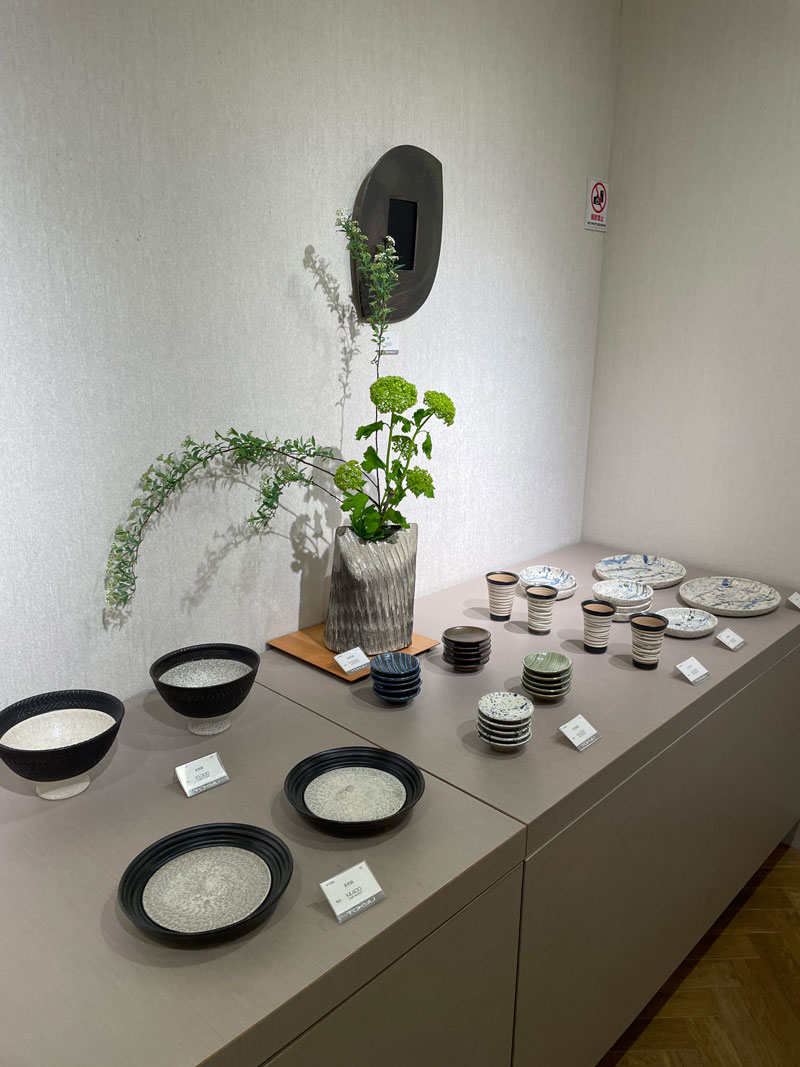
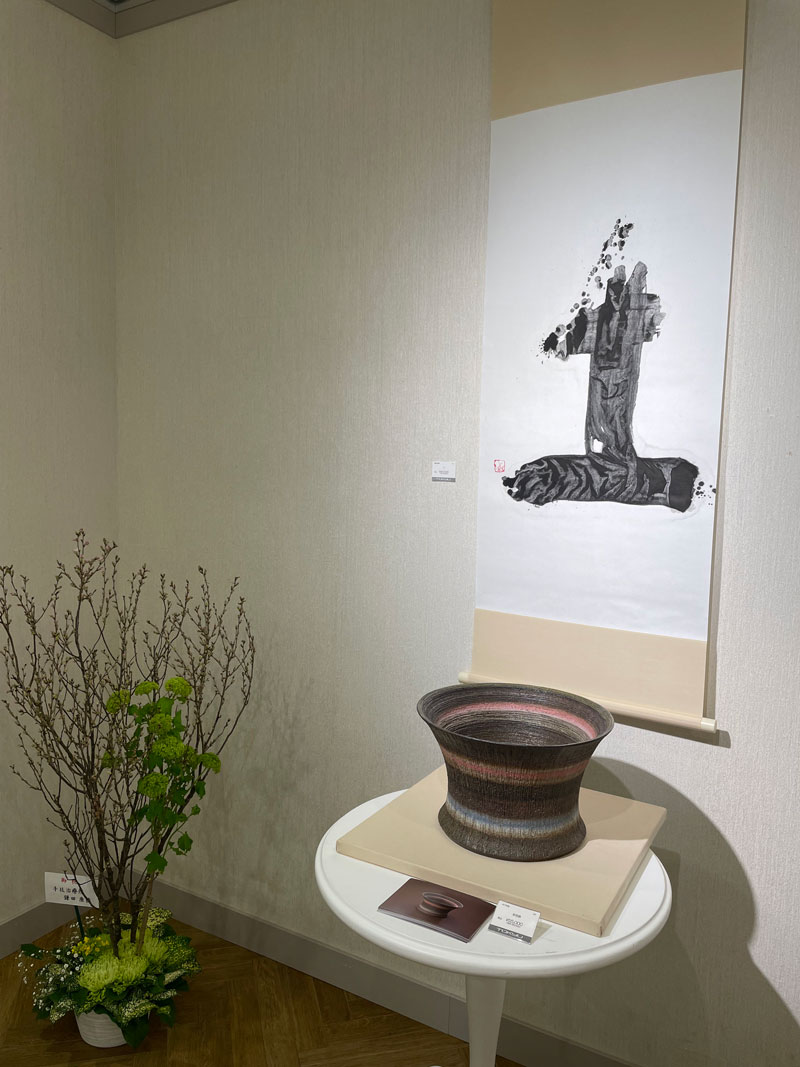
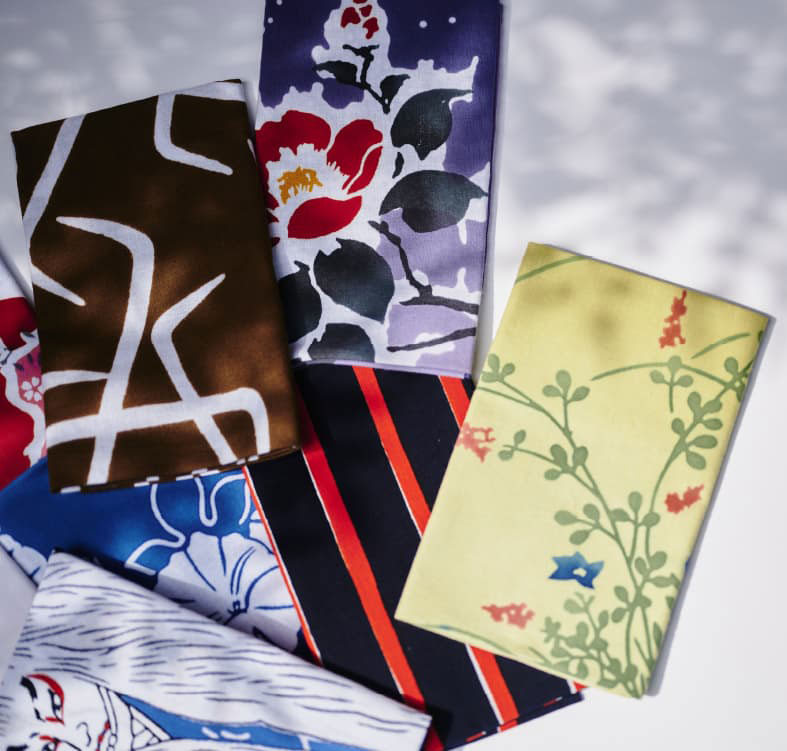

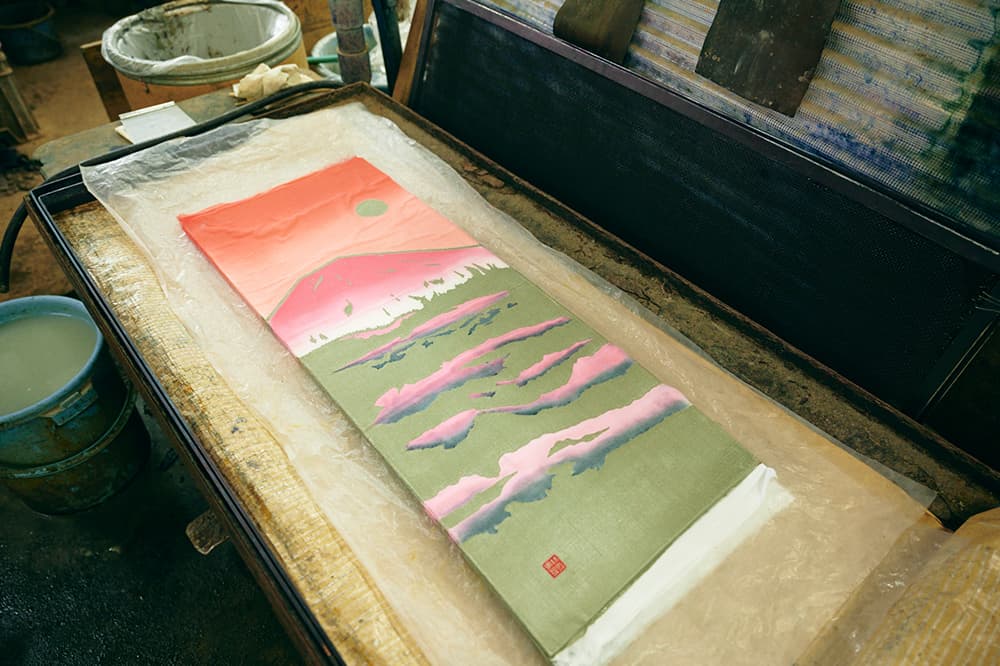
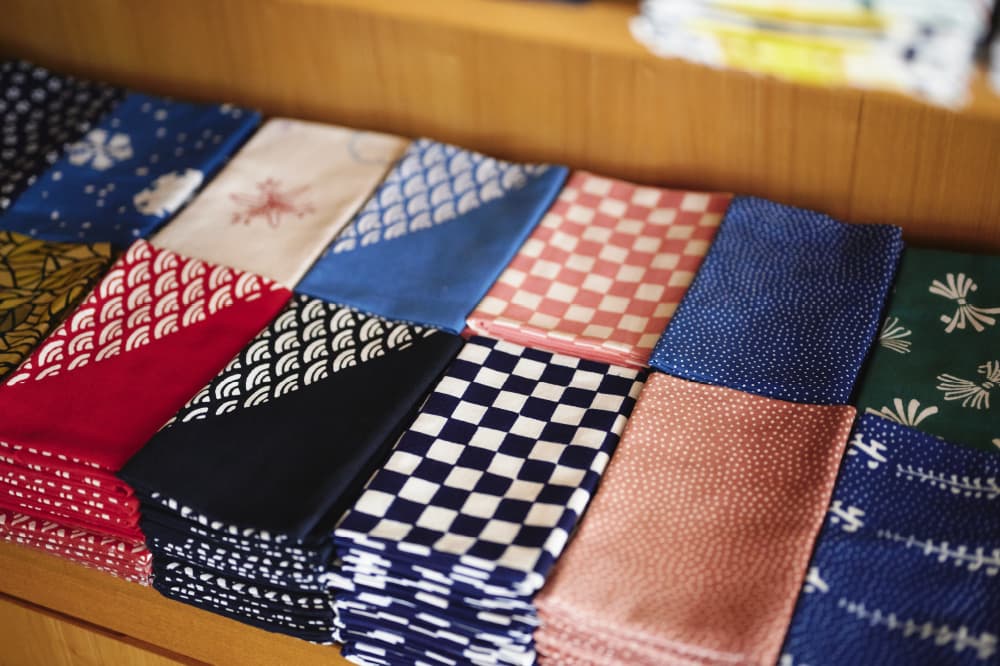
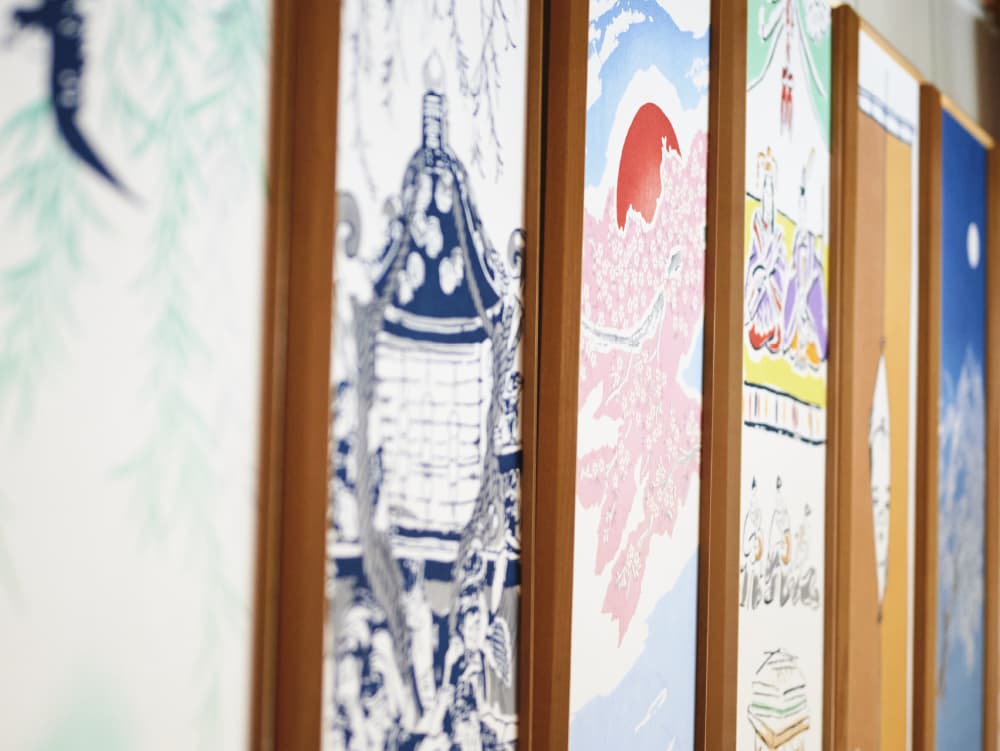
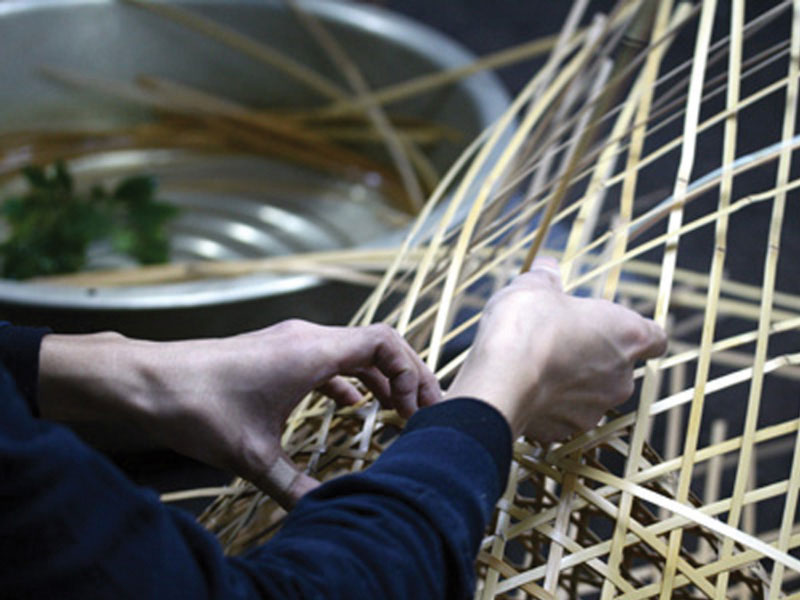
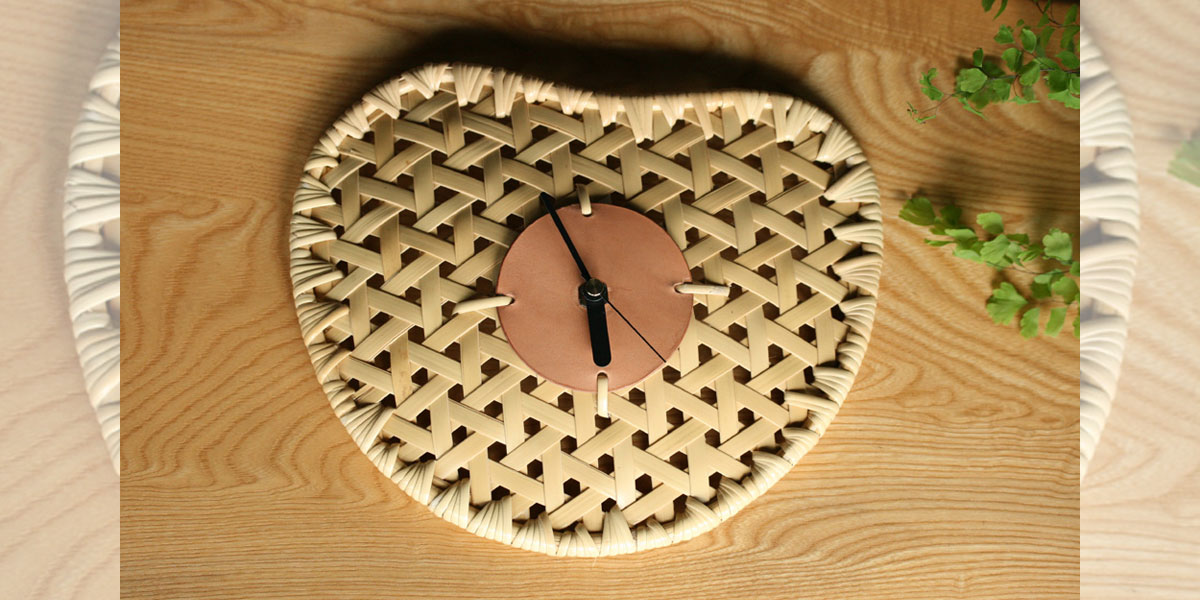
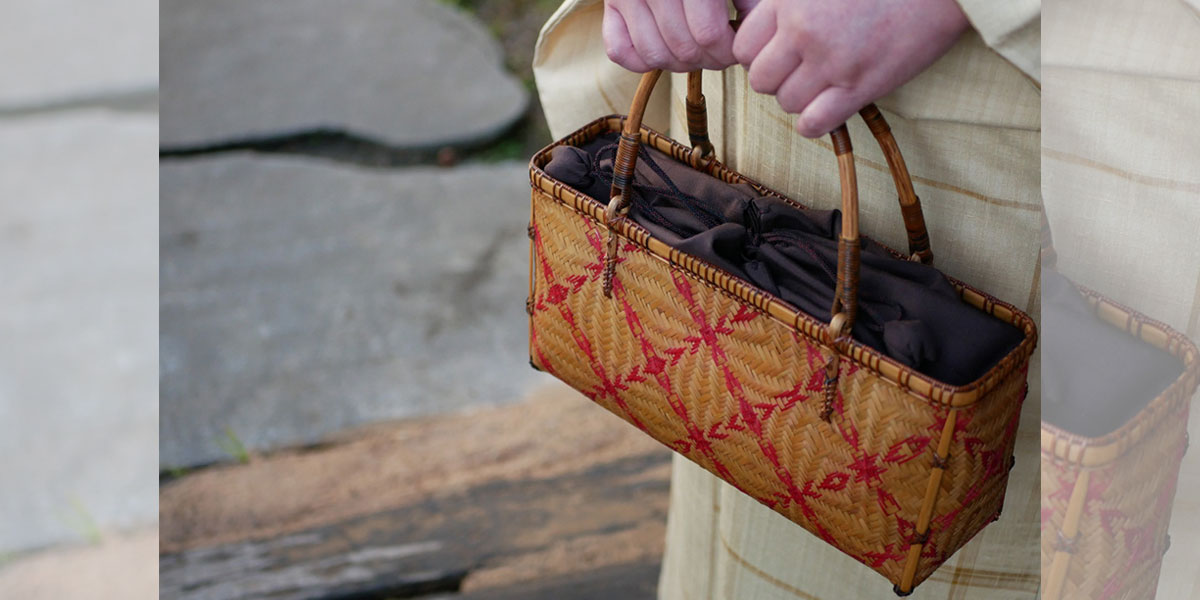
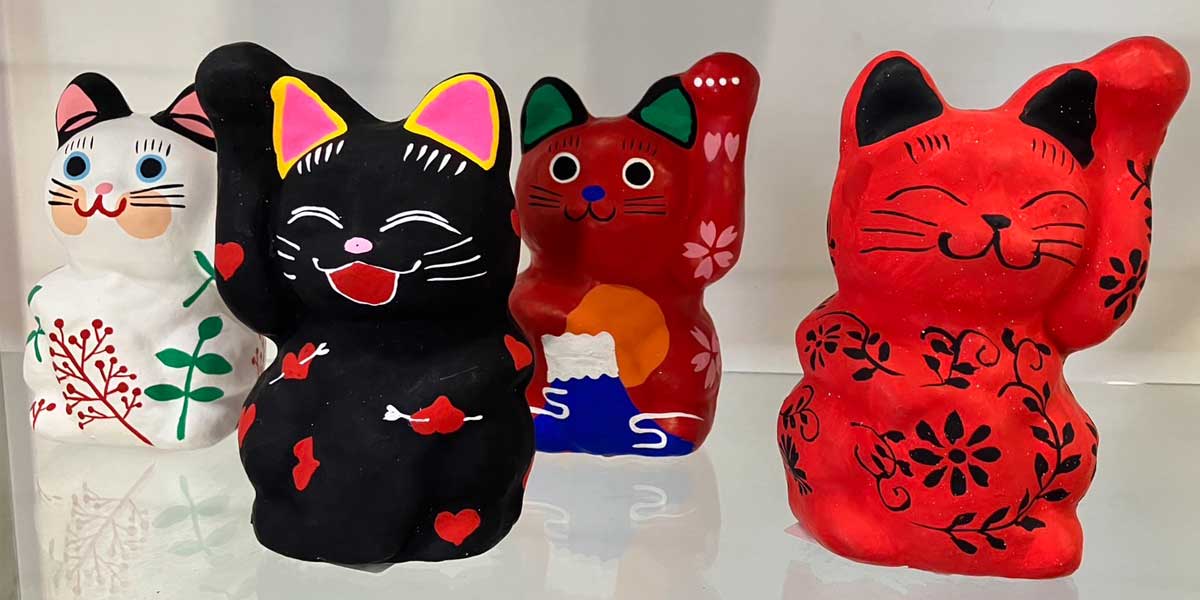

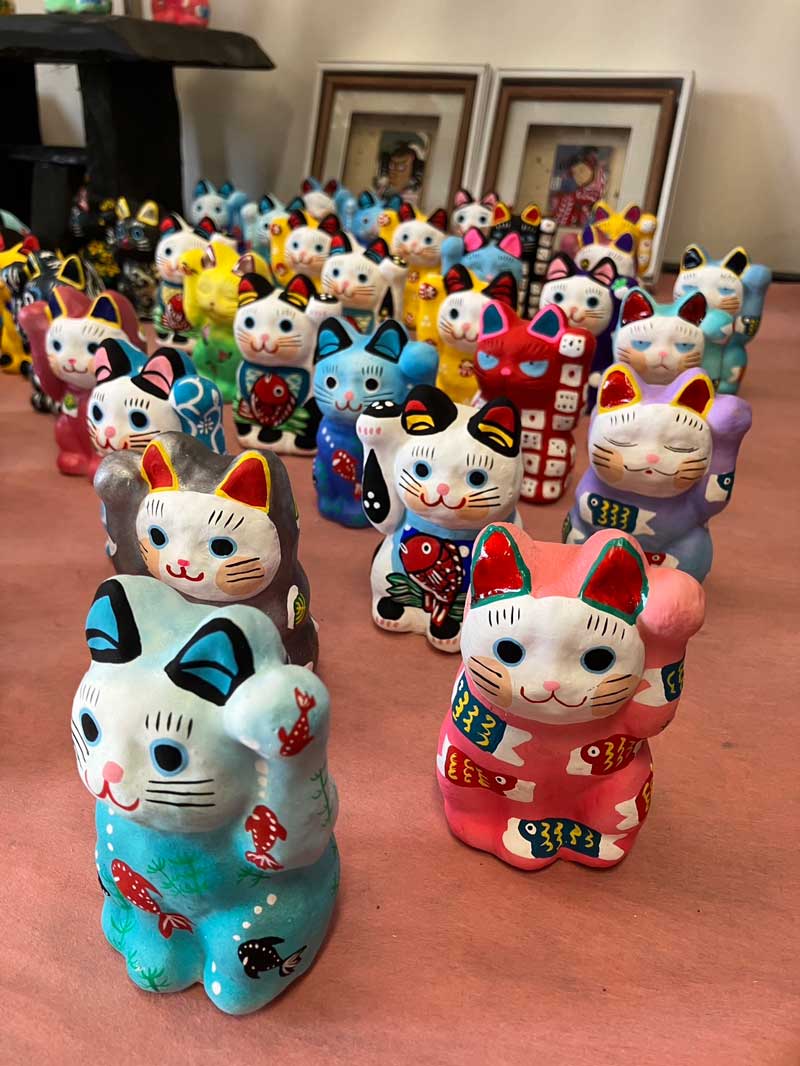
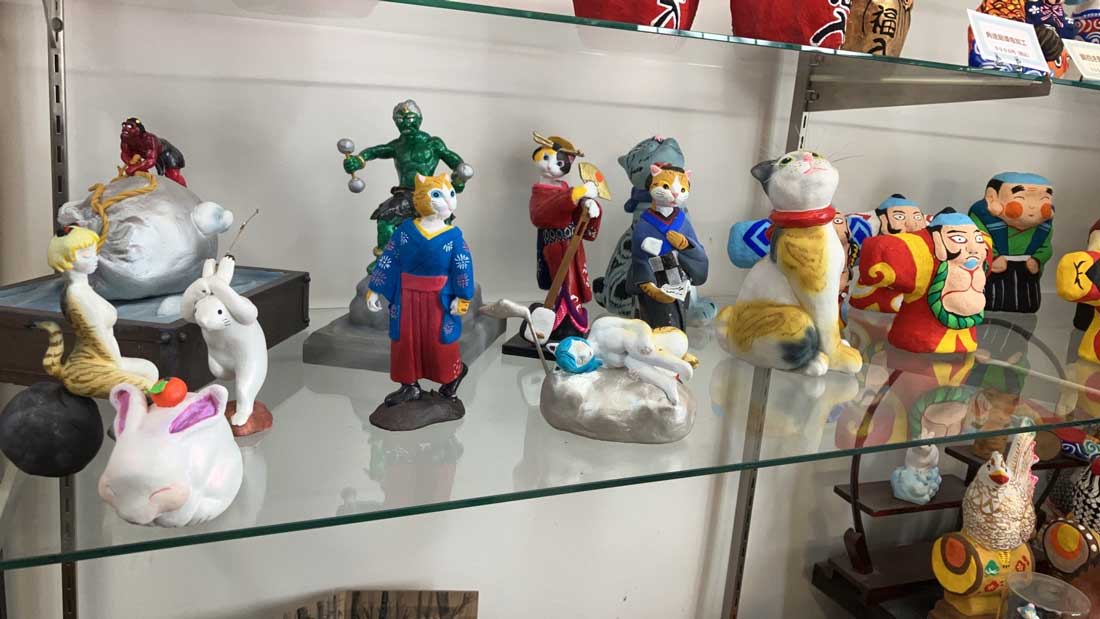
 FURRY FELINE CREATIVES
FURRY FELINE CREATIVES
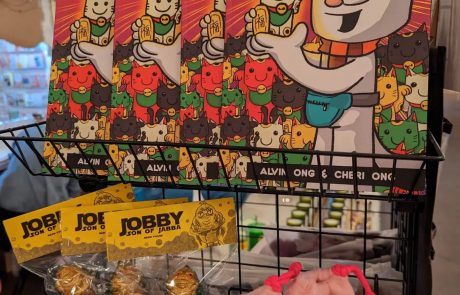
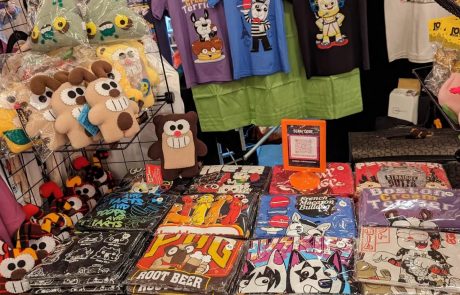
 ARIYAMA STUDIO
ARIYAMA STUDIO
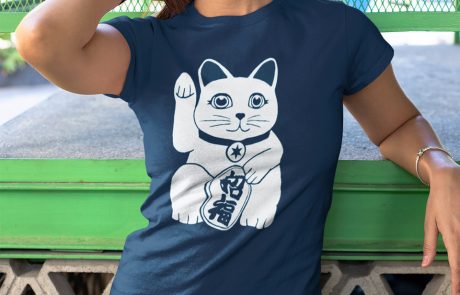
 TANGERINE MOUNTAIN
TANGERINE MOUNTAIN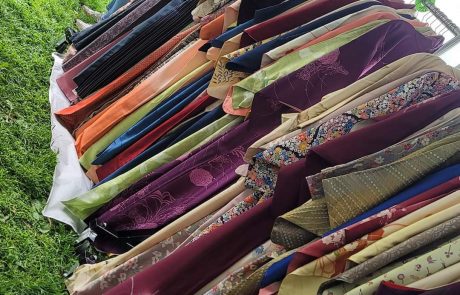
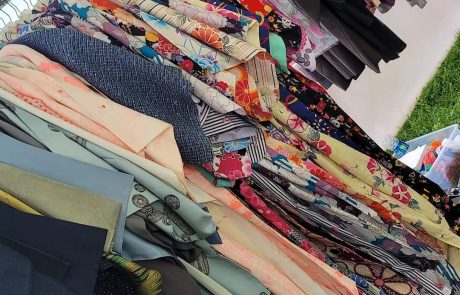
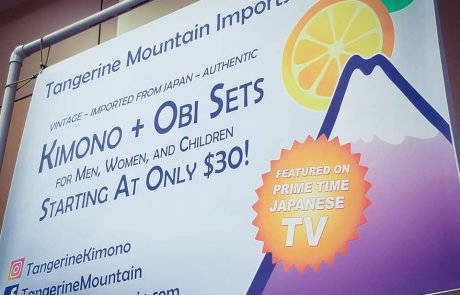
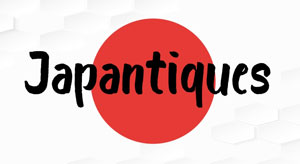 JAPANTIQUES
JAPANTIQUES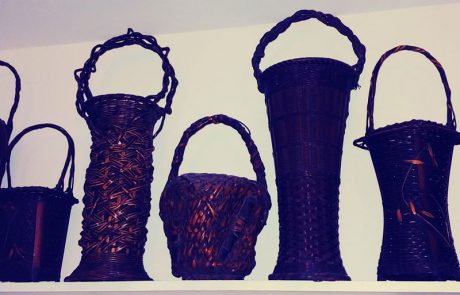
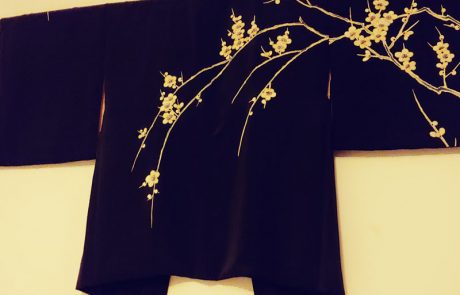
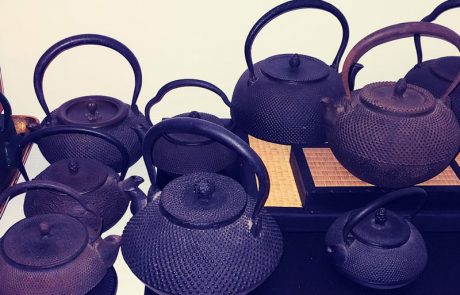

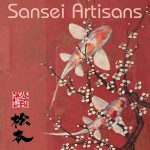 SANSEI ARTISANS
SANSEI ARTISANS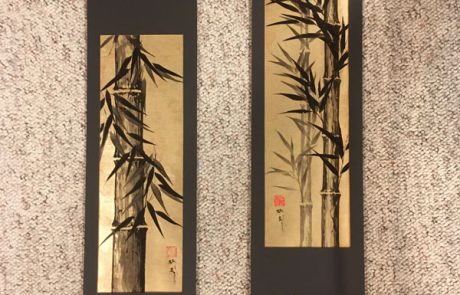
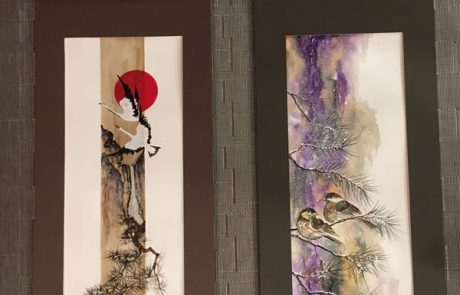
 ORIGAMI ONLY
ORIGAMI ONLY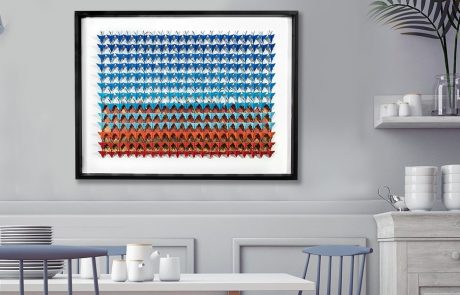
 TOUCH OF GLASS
TOUCH OF GLASS
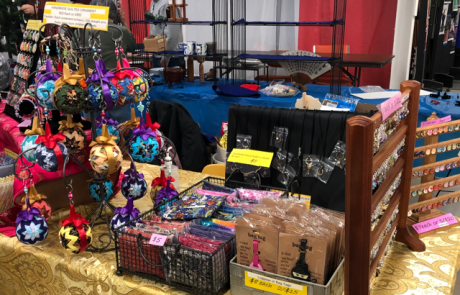
 SNLDESIGNZ / SANSEI ARTISANS
SNLDESIGNZ / SANSEI ARTISANS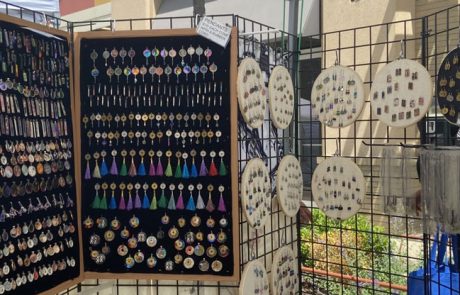

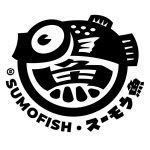 SUMOFISH
SUMOFISH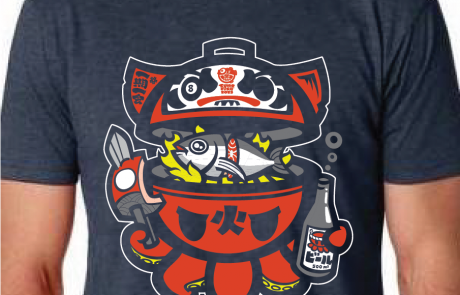
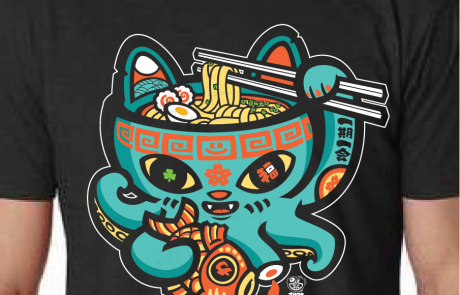
 TRAN HANDCRAFTS
TRAN HANDCRAFTS
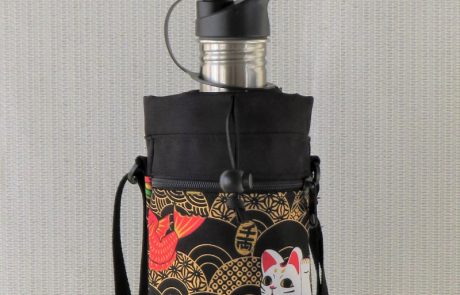
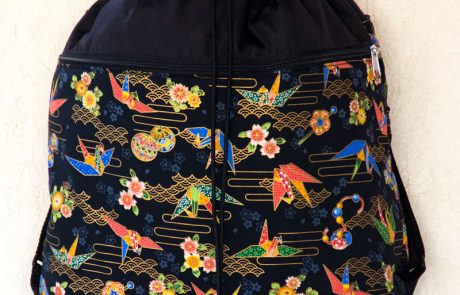
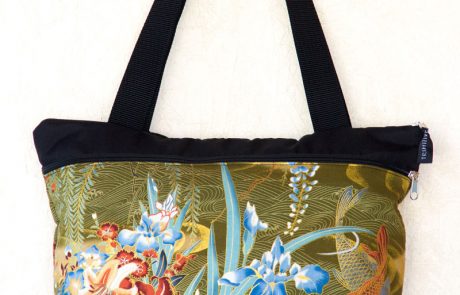
 FLYING PLUMTREE STUDIO
FLYING PLUMTREE STUDIO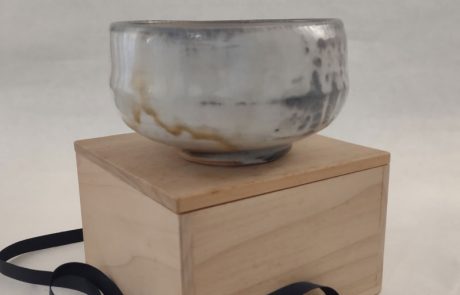
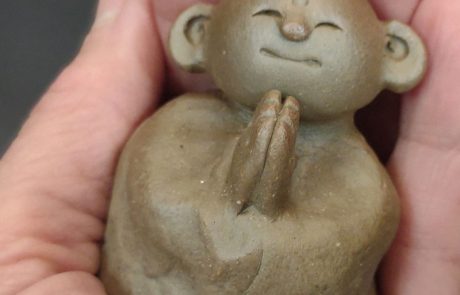
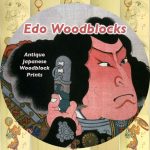 EDO WOODBLOCKS
EDO WOODBLOCKS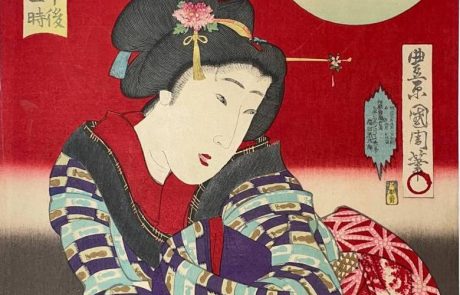
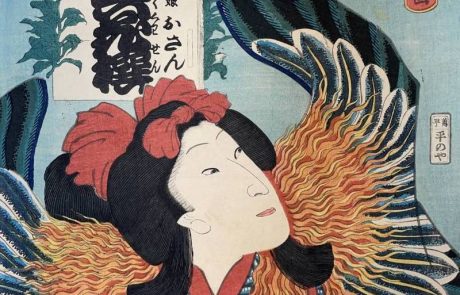
 ENTROPYWARE
ENTROPYWARE SHINSEN
SHINSEN ART TOWATA CERAMICS
ART TOWATA CERAMICS


















